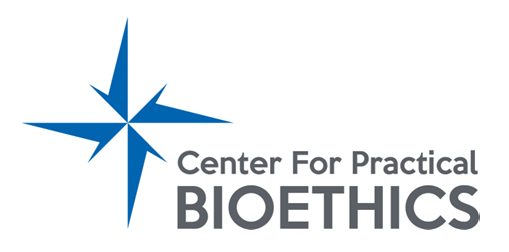Case Study – “If you prick me, do I not bleed?”
Print this case study here: Case Study – If you prick me, do I not bleed?
 The Case of Elizabeth: “If you prick me, do I not bleed?”
The Case of Elizabeth: “If you prick me, do I not bleed?”
Elizabeth is over 100 years old. She has very little cognitive decline and is proud of having lived in three centuries. However, her physical condition has deteriorated during the past several months. Her only surviving daughter realizes and accepts that death is near.
Elizabeth has been on a variety of cardiac medications including a blood thinning regime, for years. This requires a blood test every month for controlling the pro-time. The patient moans every time she is touched or turned and cries out in pain whenever blood is drawn. Helen has been Elizabeth’s nurse for more years than she cares to remember, but today she is reluctant to draw this blood. She talks to the Director of Nursing who tells her that the physician is very particular about continuing to monitor the pro-time accurately. Elizabeth’s daughter is passive and does not complain. Helen decides to call the physician who gruffly reminds her that “good medical practice requires the blood be drawn to monitor the pro-time.” The nurse approaches the bedside where Elizabeth is resting quietly and ponders what to do.
Questions
1. Thinking ethically usually becomes conscious when there is a conflict of values. The physician’s need for the monthly blood test can be justified by best practices criteria. The nurse’s conflict is not with professional standards. What is the basis of the conflict that causes her moral distress?
2. What realistic options lie open to the nurse? Justify each.
Reflecting on Cases involving Moral Distress
Each case should be analyzed according to its particular merits and context. The following questions, however, will help individuals or ethics committees clarify the nature of the conflict, the impasse, and the sort of moral distress that characterizes each situation.
1. Have the healthcare providers clearly stated what they believe is the right and good and wise action that ought to be taken for the patient?
2. Has the barrier (persons, rules, policies) to taking the right, good and wise action also been named?
The following questions test whether adequate attempts have been made to deal with the moral distress created by the conflicting goods:
1. What strategies for implementing the right, good and wise action, including compromise, have been carefully considered and weighed for their potential?
2. Before you give up in “moral despair,” ask if there is someone outside the situation who can break the impasse.
These questions are important elements in all ethical deliberation.


